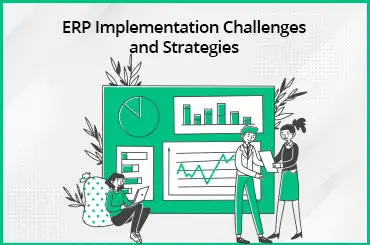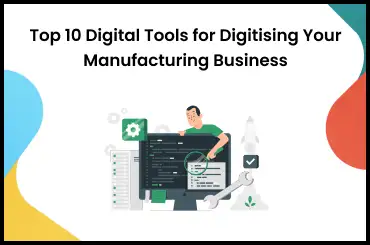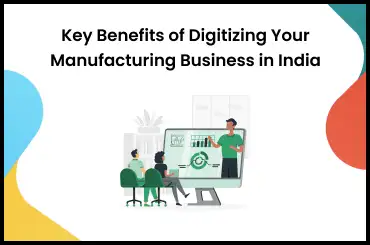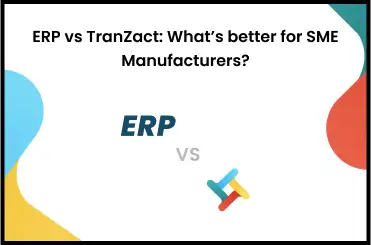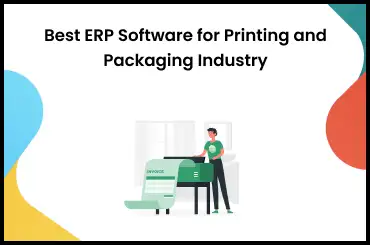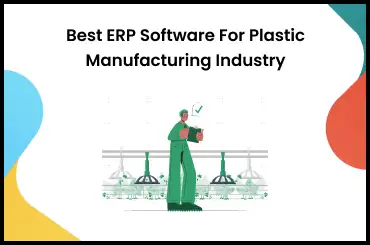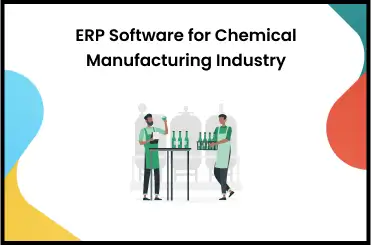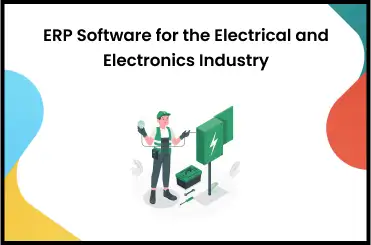A cost center is an important aspect of financial management. It helps companies keep track of their expenses, manage resources, and make informed decisions.
In this article, we'll break down the definition and workings of a cost center in simple terms. We'll also walk you through real-life examples to help you grasp the concept easily.
Define Cost Center
A cost center is like a department within a company that doesn't directly bring in money for the business. While this department doesn't make money directly, it plays an important role in making sure the company runs smoothly.
It helps manage expenses and keep track of costs, which helps the business make smart money choices. People who work in cost centers, such as human resource managers and accountants, are responsible for making sure their spending stays within the budget.
Cost Center: An Overview
A cost center is a specific part of a business that spends money but doesn't directly bring in profits. Even though they don't directly make money, these parts are important for the company to work well. They handle things like salaries, utilities, wages, rent, upkeep, and necessary supplies.
Each cost center has a code, and the costs they create are divided among the different departments they support. It helps the company keep track of expenses and manage them better. This process helps the business control costs and become more productive. When the actual costs are different from what was expected, the company can figure out where things aren't running smoothly. It helps them make reports to check how well the company is doing financially.
Cost Centers Types
Here are different cost centers, each with examples:
1. Operational Cost Center
An operational cost center brings together equipment, people, and activities that share a common theme. These are like company departments that group employees based on their roles. However, they don't directly make money for the company. Example: IT Department (including employees, hardware, and software)
2. People/Personal Cost Center
Personal cost centers focus only on individuals, excluding physical items. It helps track the cost of employees without being mixed with equipment or materials. Example: HR Department (considering only HR staff, not HR software)
3. Machinery/Impersonal Cost Center
This type separates the costs related to non-employee expenses. It's useful to know the costs of machinery, maintenance, and repairs separately from personnel costs. Example: Manufacturing Plant (counting only costs of machinery, not employees)
4. Locational Cost Center
A locational cost center narrows down costs to a specific geographical area. It can exclude employee costs even if revenue is generated in that region, as revenue is tracked separately. Example: IT Department, Northwest Operations (covering Delhi, Punjab, Bihar, etc.)
5. Product Cost Center
A product cost center collects expenses linked to developing, making, and introducing a product. It usually excludes costs related to selling the product.
6. Project Cost Center
This type tracks costs for a specific project or service-driven task. It's often managed by a dedicated team with a separate budget and timeline. Example: Building Corporate Warehouses.
7. Service Cost Center
Service cost centers group employees based on their roles and can help control costs within a department. These focus on dedicated services and can include or exclude necessary costs. Example: Cleaning Staff (a part of the facility department).
The Advantages of a Cost Center
Here are some advantages of cost centers:
1. Improved Financial Responsibility
Cost centers are based on financial accountability, where different groups take charge of the financial outcomes in their respective areas. It means that even if a group doesn't generate profit, its leaders are still responsible for managing their finances. While a cost center might not be expected to make a profit, its manager can still be answerable for how well it operates, even if there's a loss.
2. Improved Customer Experience
Cost centers can specialize in their specific area, allowing them to concentrate on their strengths. It removes the need to balance conflicting priorities that might distract resources from certain aspects. For instance, service departments dealing directly with customers can prioritize delivering top-notch service without the pressure to make a profit.
3. Informed Decision-Making
When upper management gains deeper insights into the financial aspects of various parts of the company, they can make wiser decisions. It includes understanding the costs of scaling operations to reach revenue goals or setting realistic targets for long-term business plans.
4. Clearer Identification of Operational Gaps
Cost centers can also reveal areas where deficits exist, and additional resources are required. By comparing cost centers from different regions or teams, companies can better understand the successful cost centers' resource management and use this knowledge to better support other areas.
How a Cost Center Works
Purpose of a Cost Center
The purpose of a cost center is to track and manage the costs associated with a specific department, unit, or function within an organization. It serves as an important tool for financial control and performance monitoring. By identifying expenses related to a particular area, a cost center helps management understand where resources are used, identify areas of wasted resources, and make informed decisions about resource distribution, cost reduction, and process improvement. This analysis aids in improving operations, providing accountability, and increasing overall financial management within the organization.
Example of Cost Center
Let's see some cost center examples:
A company with an accounting and legal department uses company resources, they don't directly create products or boost sales. However, that doesn't make them unimportant. They play a key role in saving the company money over time through other important tasks.
For instance, the accounting department manages the company's financial statements and handles tax reporting using its specific cost center number. On the other hand, the legal department is responsible for dealing with any legal conflicts that might arise.
So, while these departments might not directly make products or bring in sales, they contribute in important ways that help the company run smoothly in the long run.
Cost Center Accounting
Cost Center Accounting involves dividing a company into different sections, teams, or groups of machines or people to track and assign costs. It is done in places like manufacturing plants or similar setups where various activities happen. Think of it as units that use up resources but don't directly make money. These units contribute to costs but not to sales, production, or overall business profits.
The concept of cost center accounting is about a company's internal accounting and budgeting. It's aimed at helping a company plan and control its expense centers, also called responsibility centers.
Here's how it usually works:
- A budget (for a year or a month) is made for each cost center.
- Then, company transactions are sorted by these cost centers, and reports are created periodically for each one.
- These reports compare actual expenses with what was budgeted.
- This helps see the difference between the planned and actual spending.
Other Important Terms Related to Cost Center
Here are explanations of terms related to the cost center:
1. Profit Center
A profit center is like a separate part of a company that's in charge of its profits. It has its own responsibilities for managing costs, making money, and calculating how much it earns after all the expenses.
2. Investment Center
An investment center is a section of a company that helps the company make money by using its money wisely. This center's performance is usually judged by how much money is earned through capital (money used for investments).
Manage Your Cost Center With TranZact
TranZact offers a cost management solution that simplifies the management of different sections within your company that use resources and incur expenses. With TranZact, you can keep track of costs, monitor budgets, and make informed decisions to help each area of your business run smoothly.
FAQs on Cost Center
1. What is cost center vs. profit center?
A cost center is a part of a company responsible for paying expenses without directly generating profits. It focuses on managing costs and improving resource use. But, a profit center is a division accountable for generating revenue and handling costs. It aims to make a profit by controlling its expenses and increasing sales.
3. What is the cost center table?
A cost center table is a structured representation of cost centers in a database or system. It holds information about various cost centers within a business, including their names, codes, and other relevant details.
4. What is a cost center?
A cost center is a department or division within a company that bears costs while not directly contributing to revenue generation. It helps track and manage expenses, providing insights into resource management and budget control.
5. How does a cost center benefit a business?
Cost centers offer several benefits to a business:
- They allow for better expense tracking
- Help in making informed financial decisions
- Enable better allocation of resources
- Provide insights into areas where savings can be made.
6. How are cost centers different from departments?
While departments are functional units within a company, cost centers are a financial classification that tracks expenses.








